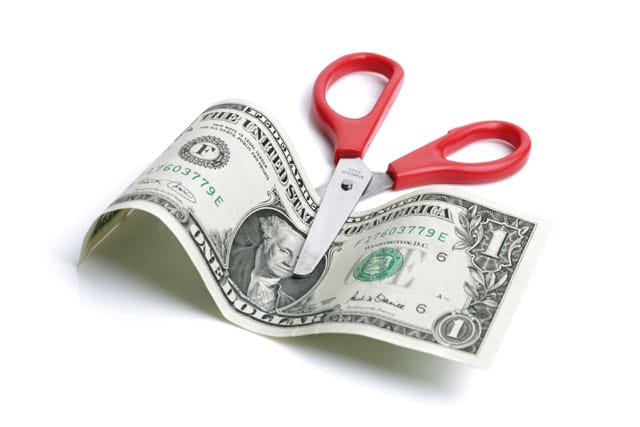ERP implementations and digital transformations more often than not cost more money than expected. However, there is a secret recipe to save a ton of money on your ERP implementation costs.
Table of Contents
ToggleThe Hidden $5M Costs of an SAP ERP Implementation
To set the stage for this common-sense solution, below is an excerpt from a manufacturing company’s recent financial results. In the company’s comments to investors, the CFO cited its SAP implementation problems for $5M in extra costs to expedite shipments to customers following go-live. He also points to some of the supply chain disruptions caused by the rollout:
Though this company is not a client of ours, I suspect that they did not factor in this $5M of additional costs in their initial project estimate. Worse yet, I suspect that they could have avoided these extra costs simply by investing a fraction of that time and money in doing the project right.
The $10M Hail Mary ERP Implementation
Here is another case study of the hidden costs of not doing things right the first time. When I first started my last independent ERP consulting company, one of our first ERP implementations was for a mid-size industrial product manufacturing company. They were implementing Epicor Vantage, but as most projects do, the project was taking a bit longer than expected.
The CEO and I had a very good relationship, so we discussed options to address the increasing time and costs. We suggested that an additional 30 days and $100,000 of consulting costs would have adequately prepared them for a successful implementation. He didn’t want to let the timeline or budget slip, so he insisted that we pull the trigger and go live as planned – despite failing the go-live readiness assessment that we had completed for them and their software vendor.
Shortly after go-live, the client could not ship product for several weeks. Order backlogs skyrocketed. Customers were irate. When all was said and done, the CEO shared that they had lost roughly $10M in lost revenue, which is a lot considering their $100M in annual sales. With the benefit of hindsight, he acknowledged that it would have been much more prudent to spend the extra 30 days and $100,000 to get the project right before going live.
How to Save Money in ERP Implementation Costs
This brings us to the answer to how to save money in your ERP implementation costs. The good news is that it is a pretty simple recipe.
To summarize, investing in an effective implementation is much less expensive than screwing it up. These are some of the things that you will want to invest in to ensure that your project is ready for go-live:
- Clearly define your business processes before you ask your vendor or system integrator to start designing and building software. System integrators such as Deloitte, Accenture, and Capgemini make much of their money on business process mapping to build systems, but your processes should drive the software configuration – not the other way around.
- Invest heavily in organizational change management. Intentional and unintentional resistance to change is more likely to increase time and costs than other aspects of your transformation. This is why a complete organizational change management strategy that goes beyond basic training, communications, and PROSCI certification is so important.
- Ensure a contingency budget. Establishing an ERP contingency budget of 15-20% may not save money per se, but it will help manage internal expectations. It is also important that you define realistic implementation time and costs for your ERP implementation.
- Ensure that your implementation is aligned with your company’s strategy and direction. I see too many ERP implementations with goals and objectives that are completely misaligned with a company’s strategic objectives. This is a recipe for disaster that is very hard to overcome, so take your time to get this right before even beginning your transformation.
These few things may not solve all of your risks and challenges, but they sure will go a long way to setting you up for success. If you don’t have these fundamentals in place, it may make sense to call a timeout to regroup before moving forward with your technology transformations.





